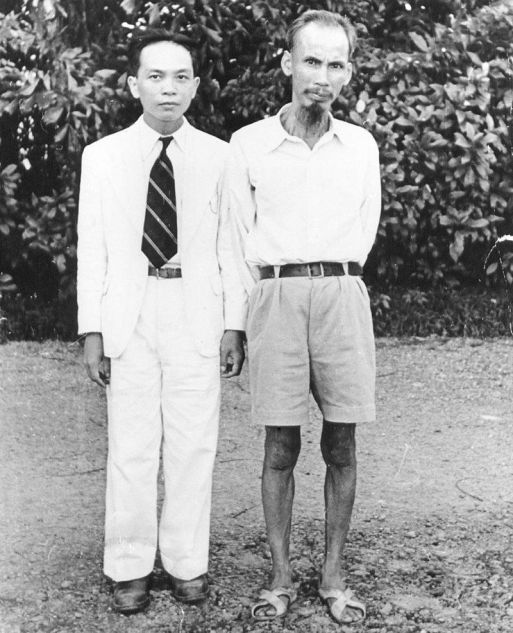On 6 March 1946, Ho Chi Minh, president of the Democratic Republic of Vietnam (DRV), Wu Hong Han, special delegate (nationalist and anti-communist, leader of the "Vietnamese Kuomintang" - the National Party of Vietnam) and Jean Roger Sainteny, representative of the High Commissioner of France, signed a preliminary Franco-Vietnamese armistice agreement and planned to hold a peace conference.
This agreement, also known as “The Ho-Sainteny agreement”, was intended to regulate relations between France and Vietnam after the national liberation revolution that led to the proclamation of the DRV on 2 September 1945. According to the first article of the agreement, “The French government recognises the Republic of Vietnam as a free state ... part of the Indochinese Federation and the French Union”. In fact, France recognised Vietnam only as a “free state” (état libre) within the French Union.
The agreement provided for a referendum in South Vietnam (Cochinchine) on joining the DRV. Ho Chi Minh agreed to the temporary deployment of French troops in North Vietnam, the number of which was limited to 15 thousand people in the supplementary agreement. The parties were to settle the remaining controversial issues in the future and to come to the conclusion of a final agreement between the two countries.
However, in December 1946, France started the Indochina War, in which it was heavily defeated, and Vietnam became divided into two independent states for a long time: the Democratic Republic of Vietnam (capital Hanoi) and the Republic of Vietnam (capital Saigon).
The DRV was supported by the USSR in this war, while France was backed by the USA and China. Colonial conflicts in the post-war world became an arena for confrontation between the Western and Soviet blocs.
Source:
Democratic Republic of Viet Nam. Constitution, legislation and documents translated from Vietnamese, French and English. M., 1955, pp. 57-64. Lit.: Lavrischev A. A., Indo-Chinese Question after World War II, M., 1960. A. A. Lavrischev.
























